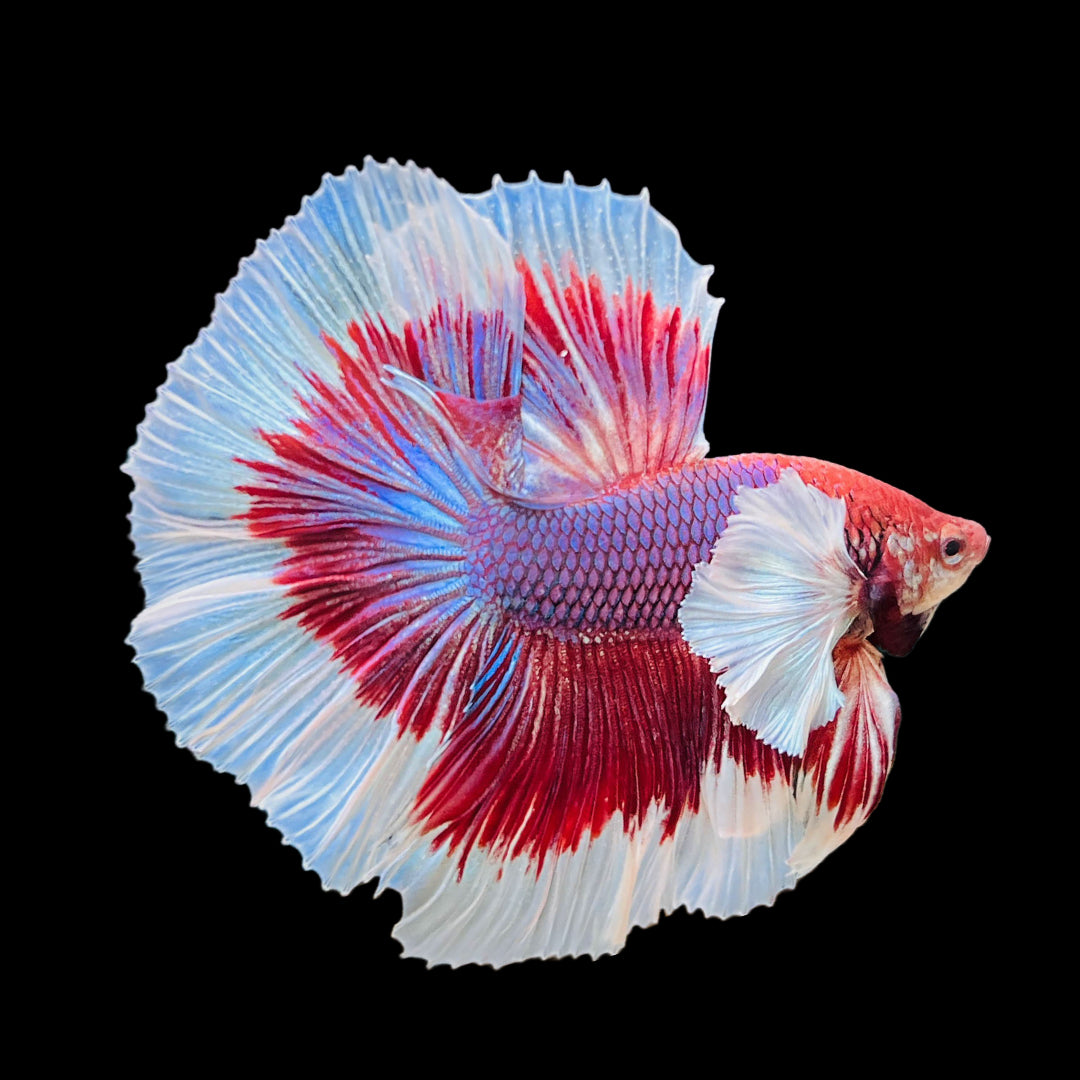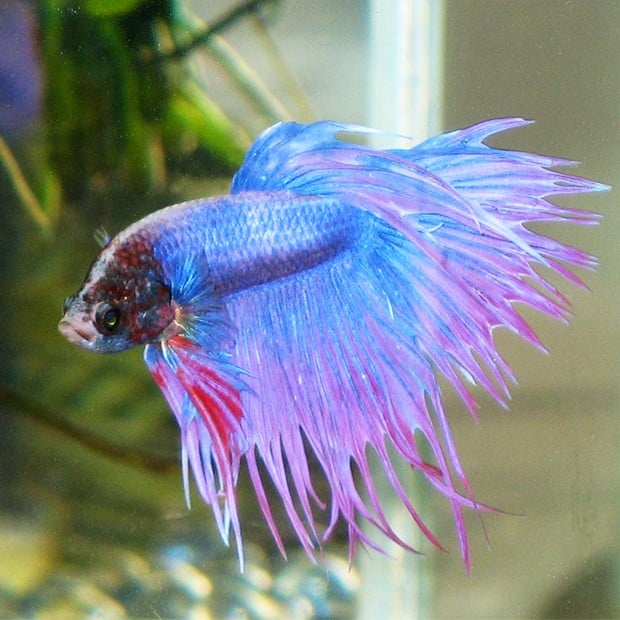How to Pick the Right Betta Fish for Your Fish tank
How to Pick the Right Betta Fish for Your Fish tank
Blog Article
Exactly How to Breed Betta Fish Efficiently: Professional Techniques and Insights for Hobbyists Looking to Broaden Their Betta Collection
Breeding Betta fish calls for a nuanced understanding of genetics and ecological problems, making it vital for hobbyists to come close to the process with both persistance and care. Developing an optimal reproduction environment, picking the best sets, and observing the ins and outs of their courtship behaviors are fundamental actions that can considerably impact the end result. The succeeding care of the fry is critical for guaranteeing their healthy growth. As we explore these vital components, it ends up being clear that successful breeding is not nearly the initial pairing however incorporates a wider approach that values mindful consideration.
Recognizing Betta Fish Genetics
Understanding the genetics of Betta fish is essential for successful reproduction, as it affects qualities such as shade, fin shape, and behavior. Betta fish show a diverse variety of colors and patterns, largely figured out by their genetic makeup.
Along with pigmentation, fin morphology is one more significant aspect of Betta genes (betta fish). The sizes and shape of fins are affected by numerous genes, including those that establish whether the fins are brief, long, or veil-shaped. Comprehending these genetic variants assists breeders forecast the phenotypic results of their offspring
Moreover, behavior characteristics such as aggression and territoriality can additionally be affected by genetics. These behaviors play a vital duty in the reproducing process, as they can influence generating success and the total personality of the resulting fry. By adequately comprehending these genetic concepts, breeders can make enlightened choices, inevitably improving their breeding programs and attaining desirable outcomes.
Preparing the Breeding Environment
Developing an optimum breeding atmosphere is essential for the successful reproduction of Betta fish. The very first action in preparing this atmosphere is to select an ideal breeding storage tank, preferably varying from 5 to 10 gallons.
Following, consider using a sponge filter or an air rock to give gentle water blood circulation without developing strong currents that can stress the fish. It is necessary to set up plants or reproducing cones to supply hiding spots and advertise convenience for the female during the spawning process. Floating plants, such as Java moss or water sprite, can also create an extra natural surroundings while assisting in bubble nest structure by the man.
Prior to presenting the reproducing sets, make certain the water is conditioned and devoid of hazardous chemicals, such as chlorine or heavy metals. betta fish. Regular water modifications must be performed to keep ideal water high quality, improving the opportunities of successful breeding. With these prep work in area, the reproducing setting will certainly sustain the health and wellness and wellness of both Betta fish
Choosing Reproduction Pairs
Picking the appropriate reproduction pairs is critical for attaining effective Betta fish reproduction. When selecting your reproduction sets, think about a number of essential factors consisting of wellness, personality, and genes. Healthy Betta fish exhibit vibrant shades, clear eyes, and energetic habits. Selecting fish that are devoid of disease makes certain a far better opportunity of producing viable spawn.
Temperament is one more important consideration, as Betta fish are known for their hostile nature. It is advisable to choose a man and lady that show suitable temperaments to decrease anxiety during the reproducing process. A tranquil man can motivate a smoother courtship, while a female that is too hostile may interfere with the process.
Hereditary history likewise plays a significant role in the top quality of the offspring. Reproducing fish that are genetically varied can decrease the risk web of genetic health problems and boost the total vitality of the fry. It is helpful to research the lineage of both the man and lady, focusing on preferable attributes such as fin kind, color patterns, and size.
The Breeding Process
The reproduction procedure of Betta fish requires cautious preparation and focus to detail to make sure an effective outcome. Initially, it is crucial to prepare an ideal reproduction container, ideally a 5-10 gallon aquarium with a temperature preserved at 78-80 ° F. The container should be geared up with a heating system, filter (ideally sponge kind to avoid strong currents), and a lot of aquatic plants for the female to hide.
Once the setting is look these up established, present the picked reproducing set to the storage tank, allowing them to accustom. Observe their habits; the man will certainly display sophisticated courtship rituals, consisting of flaring his fins and constructing a bubble nest. If the woman reveals rate of interest, she will show vertical red stripes indicating readiness for spawning.
When the female is responsive, both will take part in a mating embrace, during which the male feeds the eggs. It is crucial to monitor their interactions closely, as the man might end up being aggressive. After spawning, eliminate the female to avoid prospective harm. The man will certainly have a tendency to the eggs, which usually hatch within 24-36 hours. Maintaining optimum water problems during this duration is necessary for the advancement of healthy Betta fry.
Caring for Betta Fry

Feeding Betta fry is crucial, as they need a diet regimen high in healthy protein. Initially, they can be fed infusoria or liquid fry food, transitioning to carefully smashed high-quality pellets as they grow. Feed tiny sections multiple times a day to encourage healthy and balanced growth without straining the tank with leftover food.

As they grow, monitor their development closely and divide any hostile individuals to avoid harm. By giving a nurturing setting and appropriate nourishment, hobbyists can efficiently raise Betta fry into vibrant, healthy and balanced fish, ultimately improving their breeding undertakings.
Verdict
Effective Betta fish reproduction needs careful focus to hereditary choice, ecological problems, and treatment for the fry. By recognizing the genes of Betta fish and preparing an ideal reproduction environment, hobbyists can boost the opportunities of producing vibrant, healthy offspring.
Report this page